On April 23, a working group from the Veterinary Department of Region III coordinated with the Animal Husbandry and Veterinary Department of Nghe An to inspect the situation of dead farmed shrimp in Quynh Luu district and Hoang Mai town as reported by Nghe An Newspaper.
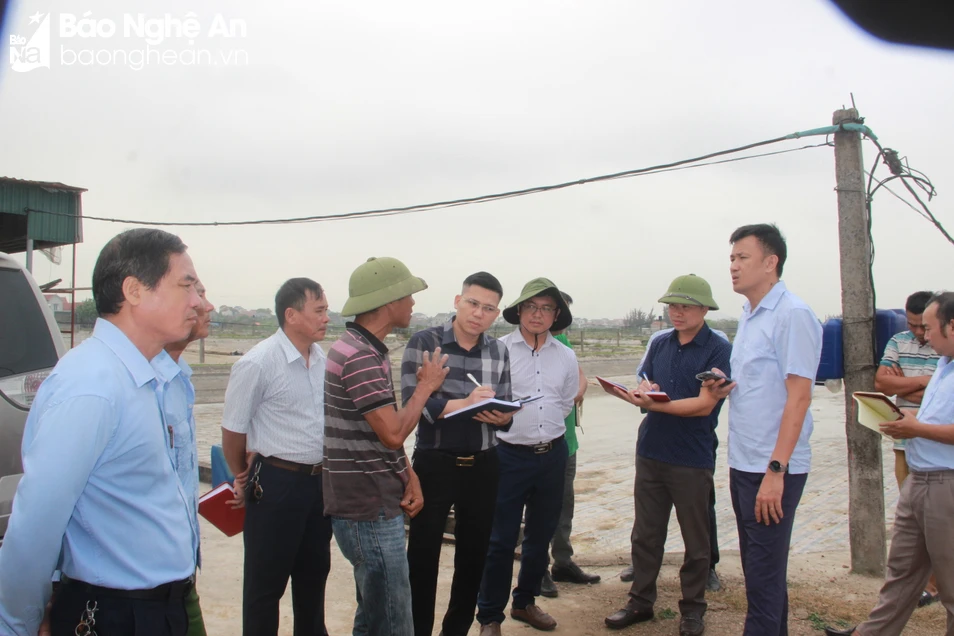
Mass shrimp deaths, rate 50-80%
The working group inspected shrimp farms in Quynh Bang commune - the locality with the largest number of dead shrimp in Quynh Luu district.
Mr. Ho Dinh Anh's family in Dong Tam hamlet, Quynh Bang commune (Quynh Luu) has 3 hectares of shrimp, and has now released 2 hectares of shrimp for the new crop. The first release date was March 13. After more than 2 weeks of release, the shrimp showed signs such as not swimming, white body, hollow intestines, and died a few days later for unknown reasons. Mr. Anh said that in more than 14 years of shrimp farming, this phenomenon has never occurred, even though the input shrimp sources all have full quarantine documents. Up to now, about 80% of the newly released shrimp have died.
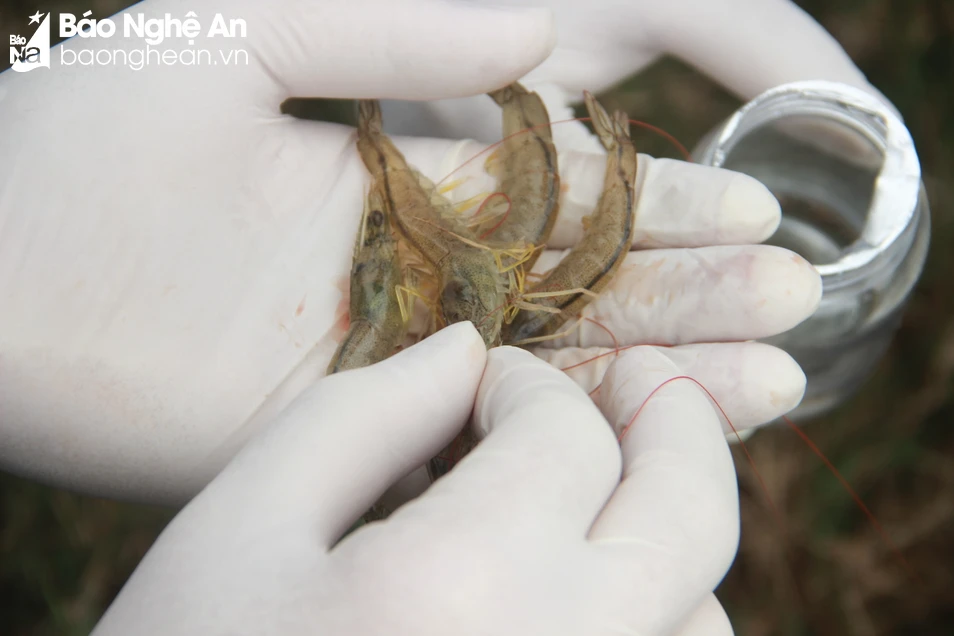
Not far away, the shrimp pond of Mr. Nguyen Van Tien's family in Quynh Bang commune is in a similar situation. The family's two shrimp ponds were released about 20 days ago, but the shrimp became lethargic, did not swim, and then gradually died. To date, the number of dead shrimp has accounted for about 70%.
According to the report of Quynh Bang commune, currently, the whole commune has 58 households releasing new shrimp with an area of about 50 hectares. However, the situation of shrimp dying with the above symptoms occurs in most households with a rate of 50-70%.
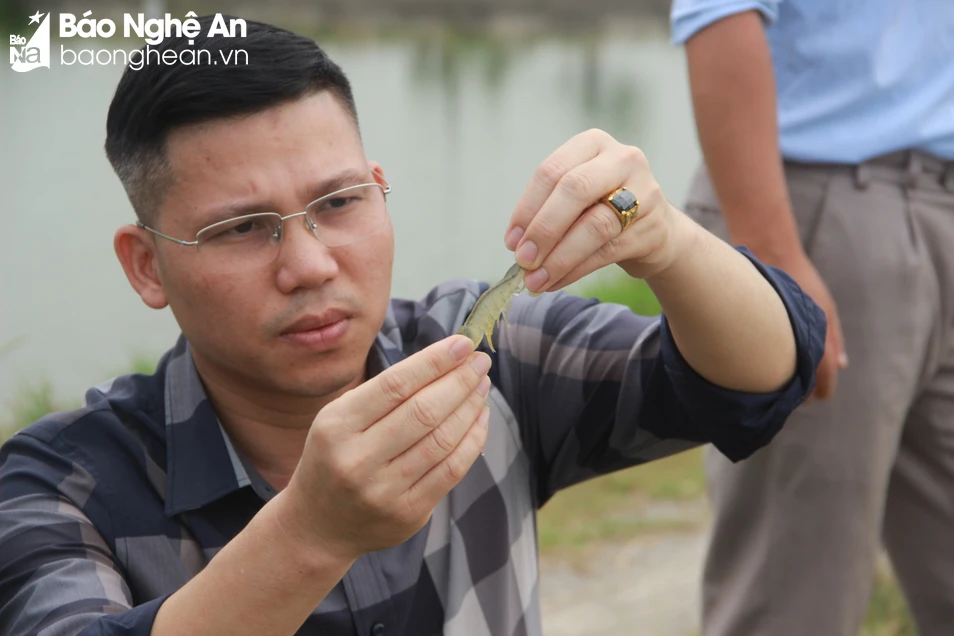
The working group also inspected shrimp ponds in Quynh Thanh commune - one of the localities with a large shrimp area in Quynh Luu district. However, households here have only released shrimp on 6 hectares out of 75 hectares of shrimp in the whole commune. The pond system is degraded and damaged, combined with the fact that newly released shrimp have died, so people are not interested in releasing new shrimp.
According to the report of Quynh Luu district, the whole district has 465 hectares of shrimp ponds, spread across 14 communes, of which the largest area is in Quynh Bang and Quynh Thanh communes... Up to now, the whole district has released new breeds on more than 20% of the area. Although the release time has not been long, there has been a situation of mass shrimp deaths of unknown cause, with the same symptoms as mentioned above.
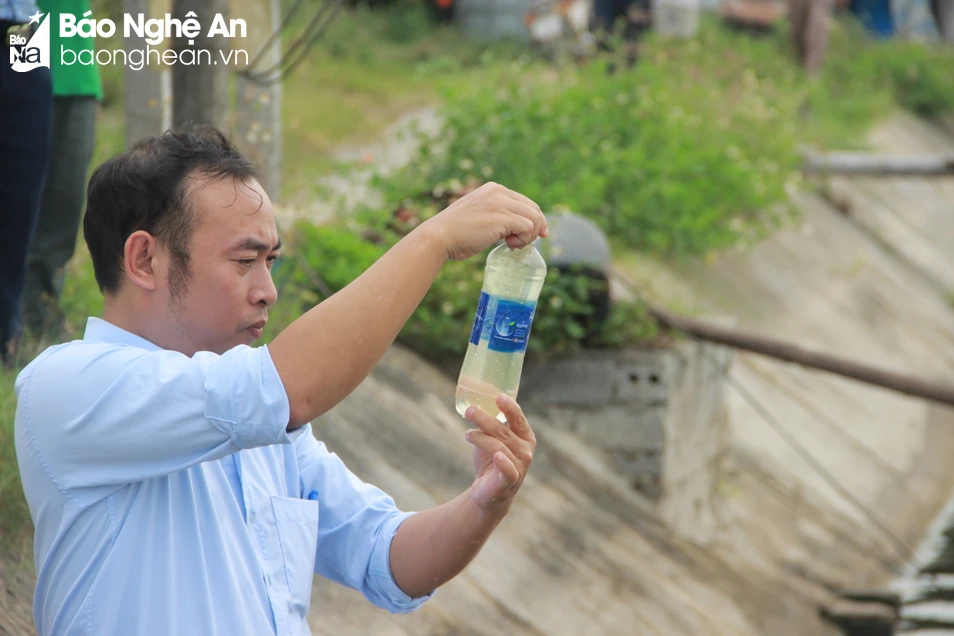
On the same afternoon, the working group also inspected shrimp farming in Hoang Mai town. According to the report of Hoang Mai town, the locality has 400 hectares of shrimp farming with 100 hectares of high-tech shrimp, 200 hectares of which have been stocked with new breeds.
Through inspection, in Hoang Mai town, there was also a phenomenon of dead shrimp, however, the characteristics of diseased shrimp were not recorded like in Quynh Luu district. The specialized agency also proactively took 4 samples of dead shrimp in 3 wards and communes: Quynh Di, Quynh Xuan, Quynh Loc for testing and the results were positive for white spot disease.
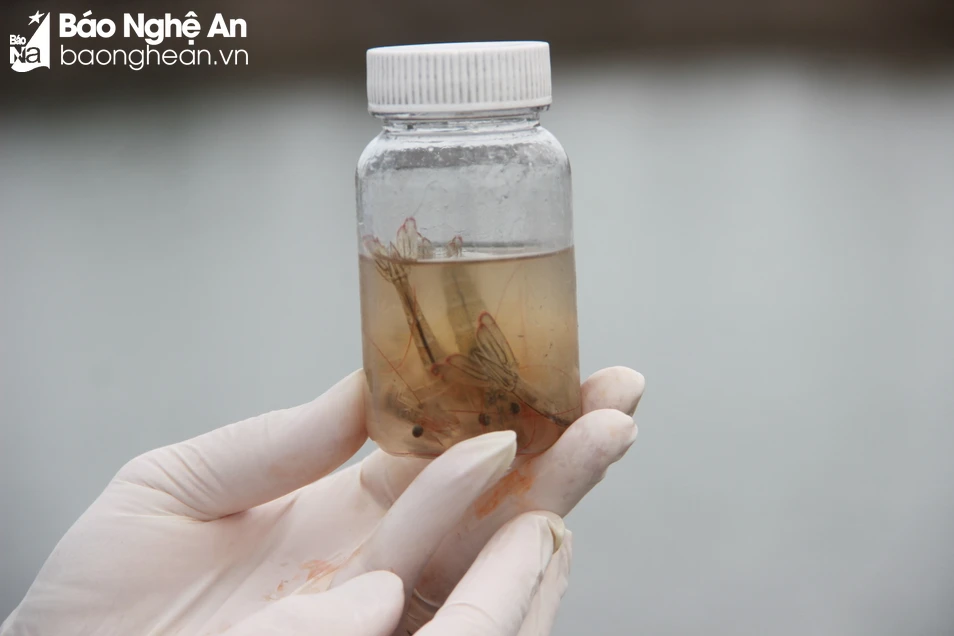
Focus on clarifying the cause of shrimp deaths
Through inspection and survey of the actual shrimp farming situation in Quynh Luu district, the working group pointed out some shortcomings that caused the number of sick shrimp to increase. Some households did not release shrimp on the recommended schedule, the shrimp age was not suitable, leading to the shrimp's adaptation and resistance being reduced. In addition, when an epidemic occurred, shrimp farming households and local authorities were slow in reporting to the authorities.
For households with a large number of dead shrimp, the working group collected water samples and diseased shrimp samples for testing to investigate the cause of the disease as soon as possible.
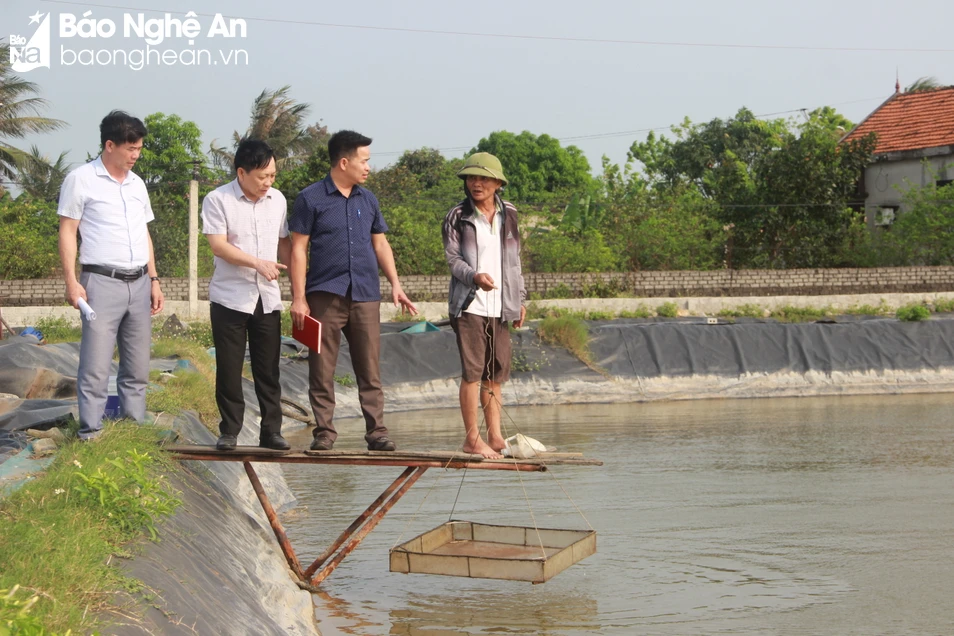
Currently, the provincial Department of Animal Husbandry and Veterinary Medicine has provided 1,890 kg of chemicals for Hoang Mai town to proactively handle the white spot disease outbreak. At the same time, it is recommended that the town strengthen monitoring and conduct sample testing if the remaining shrimp farming area shows abnormal signs.
Regarding the disease that caused unusual shrimp deaths in Quynh Luu district, in addition to taking water samples and testing samples, the authorities also recommended that the locality strictly implement measures including: checking the source of imported shrimp seeds, ensuring the origin and quarantine documents; treating the water source for shrimp farming according to the process, regularly checking environmental indicators, absolutely not discharging pond waste containing pathogens into the environment if not treated to avoid the spread of pathogens. When shrimp show signs of disease, it is necessary to immediately report to the authorities.

Besides, in the coming time, the hot weather is expected to last longer, shrimp farmers need to have a suitable farming process, cover carefully, increase water fans to cool, increase resistance for shrimp...
Source


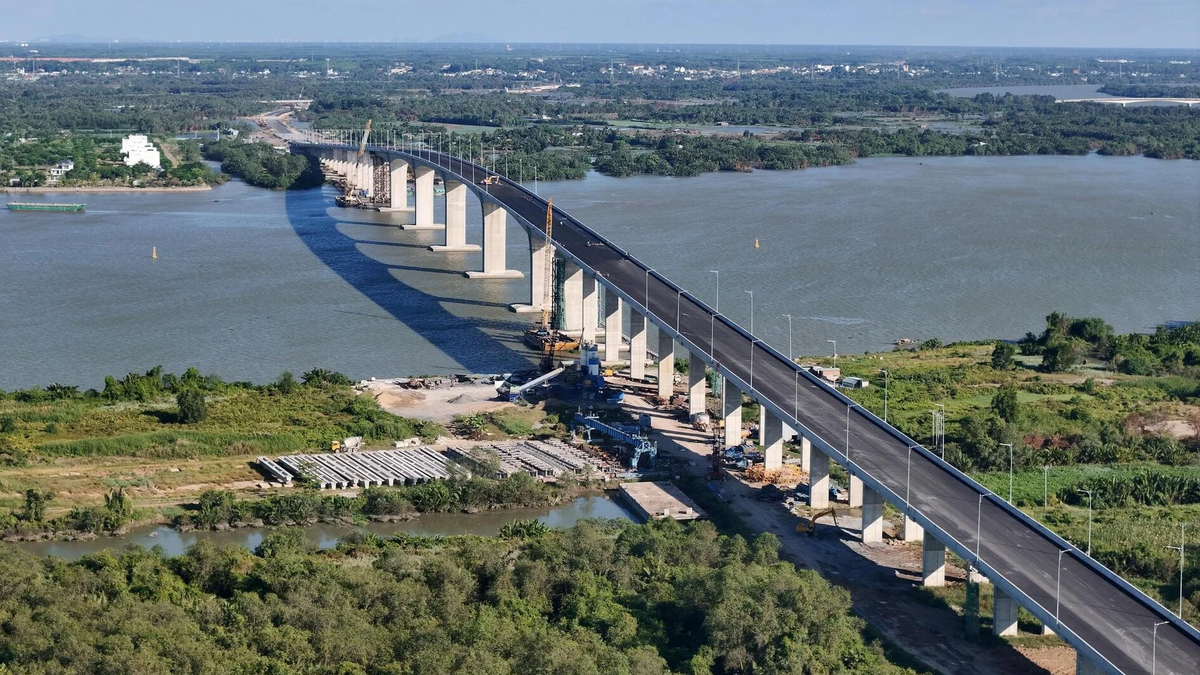


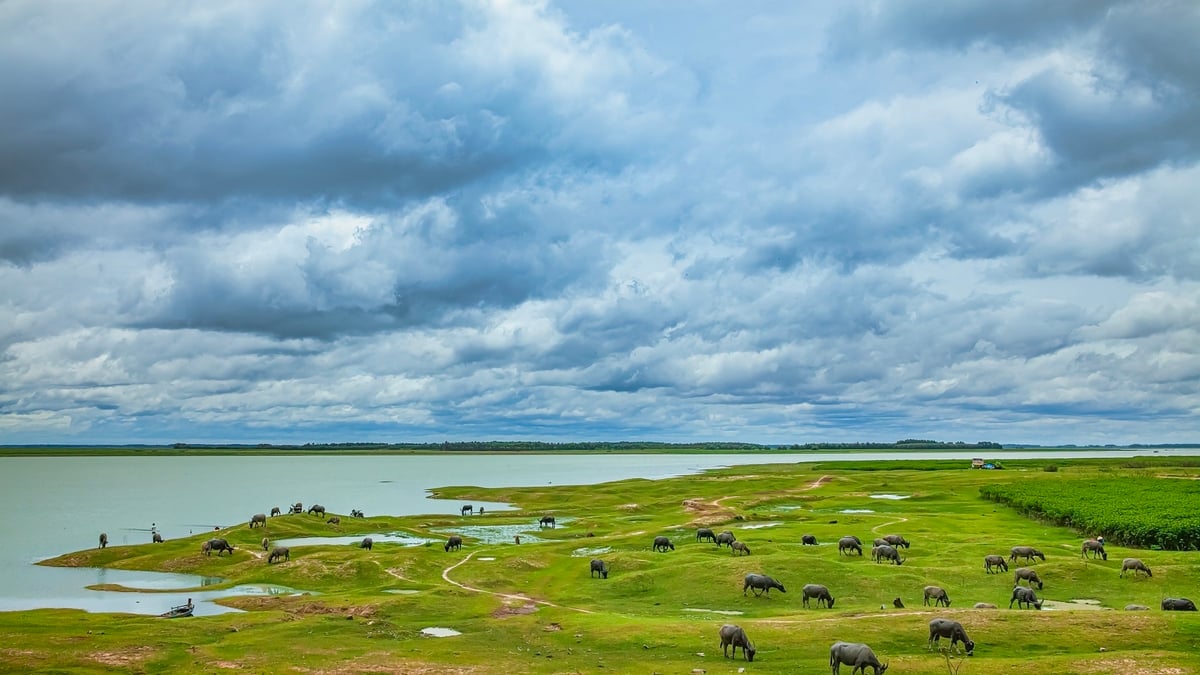

![[Photo] Prime Minister Pham Minh Chinh chairs conference on anti-smuggling, trade fraud, and counterfeit goods](https://vphoto.vietnam.vn/thumb/1200x675/vietnam/resource/IMAGE/2025/5/14/6cd67667e99e4248b7d4f587fd21e37c)
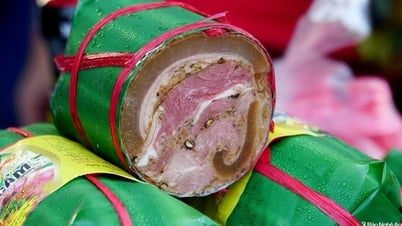


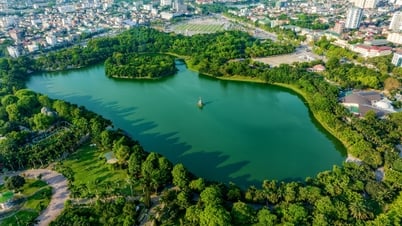

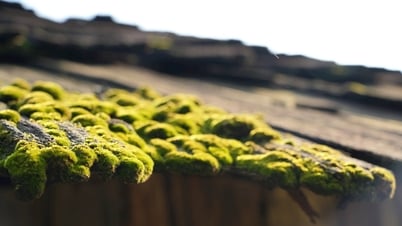
















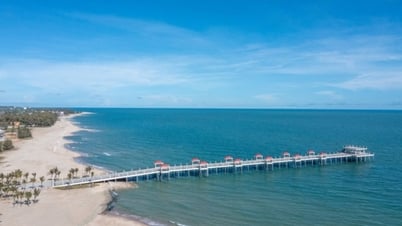


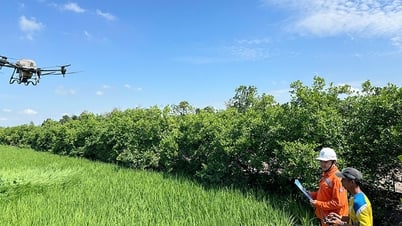






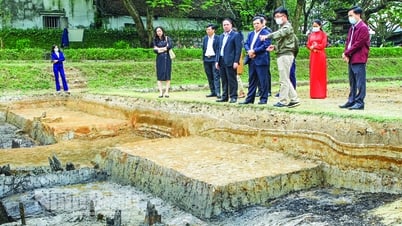














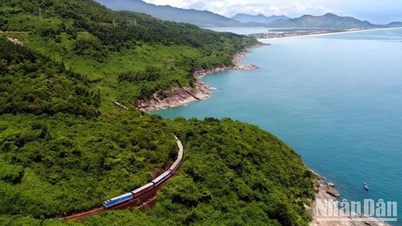









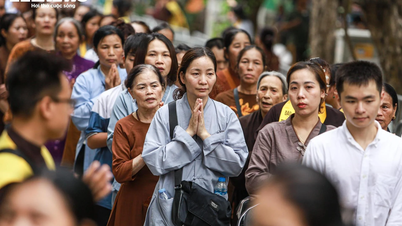


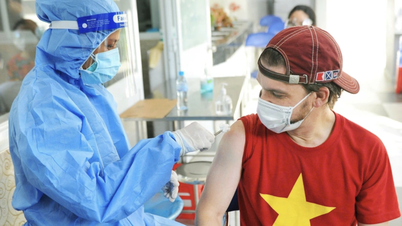








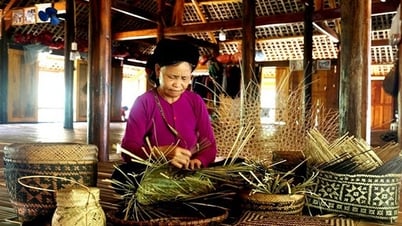













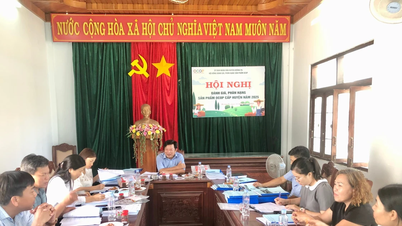
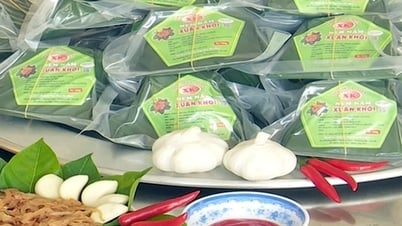



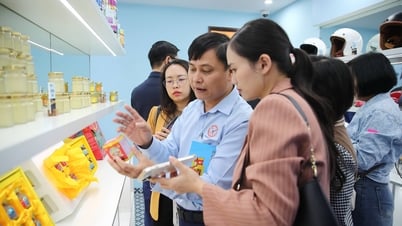


Comment (0)